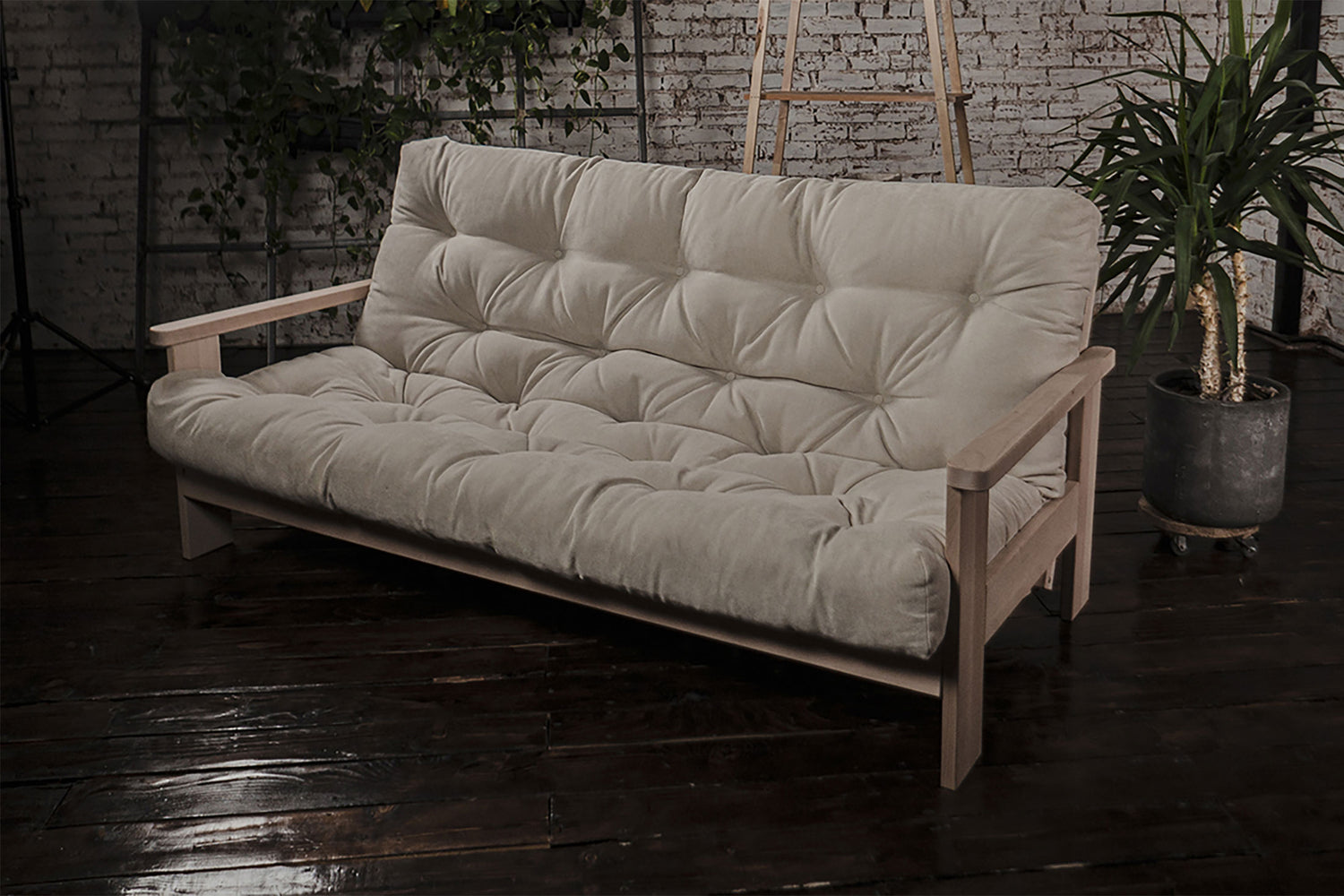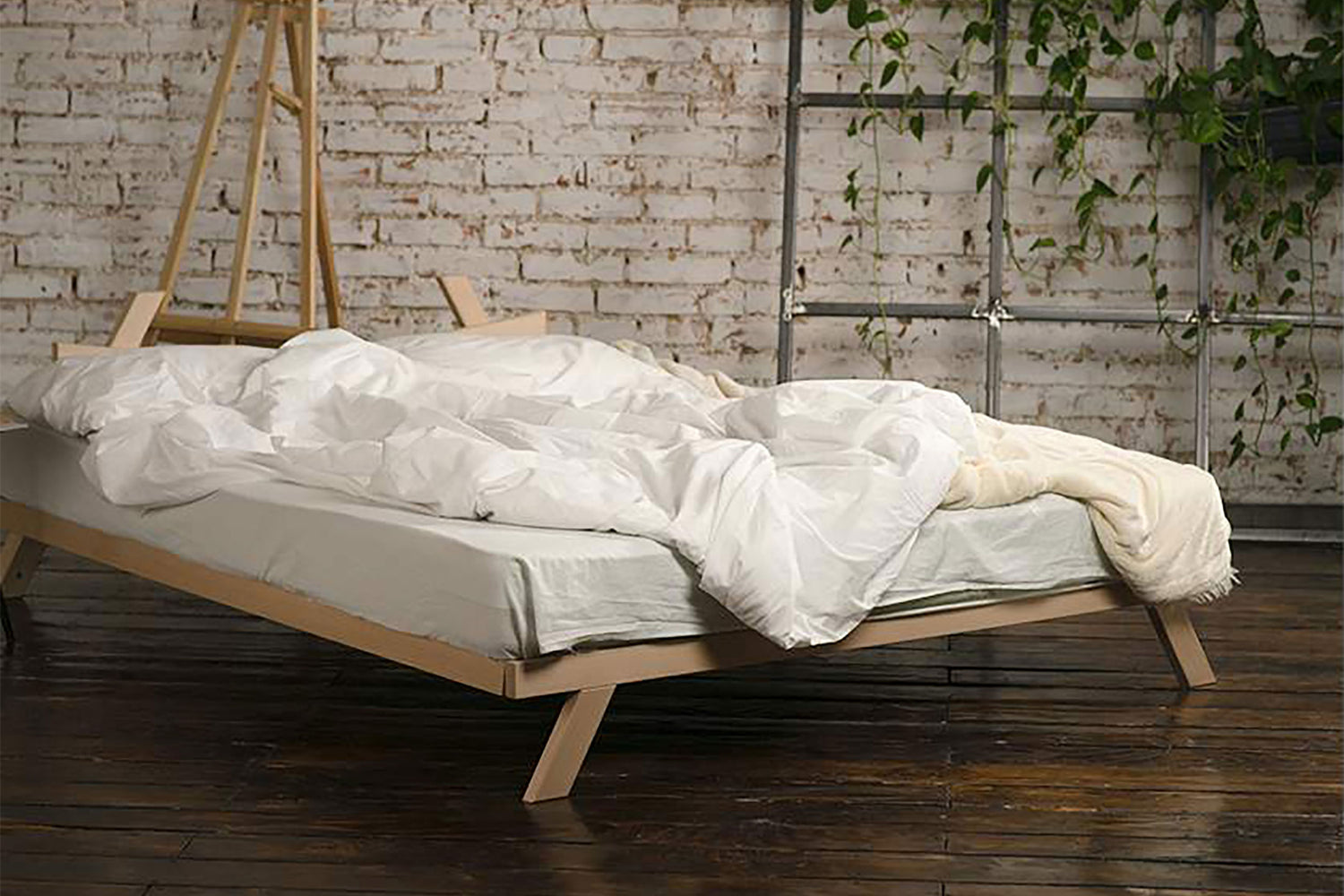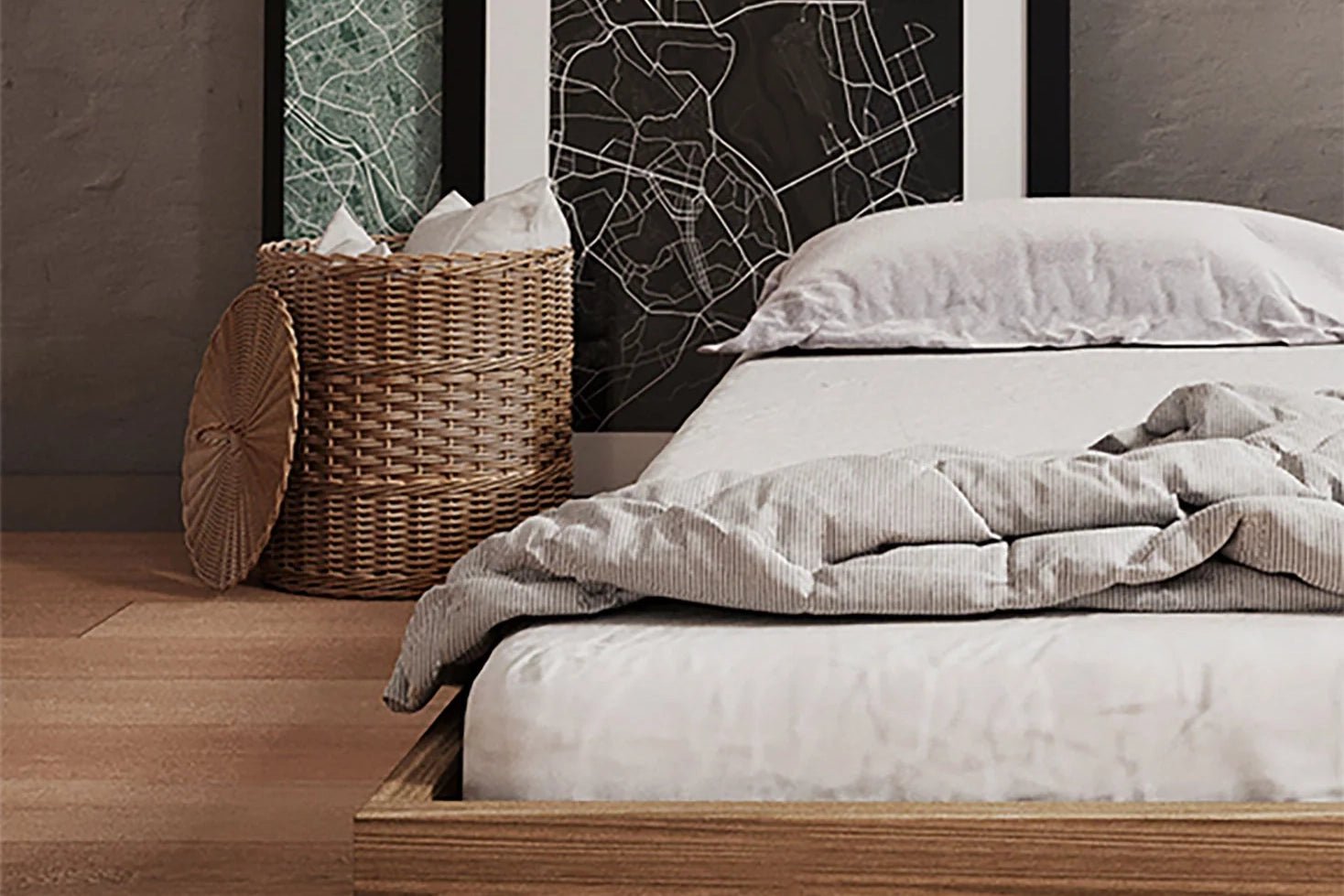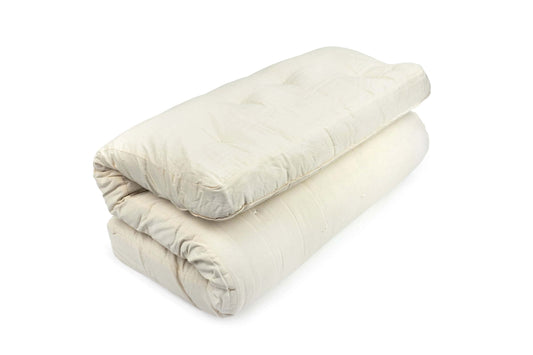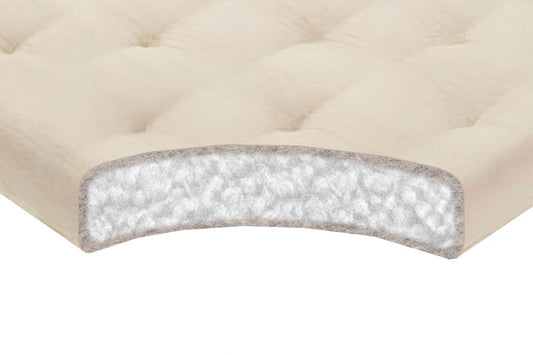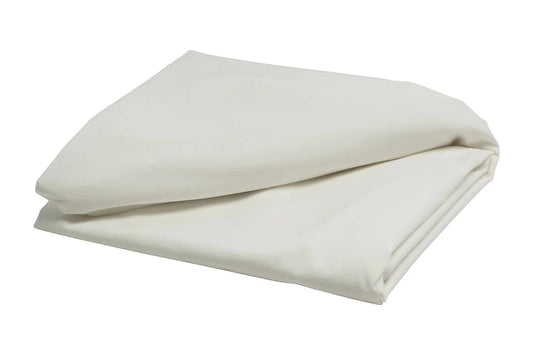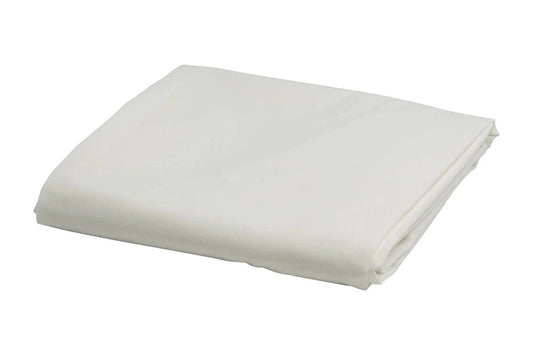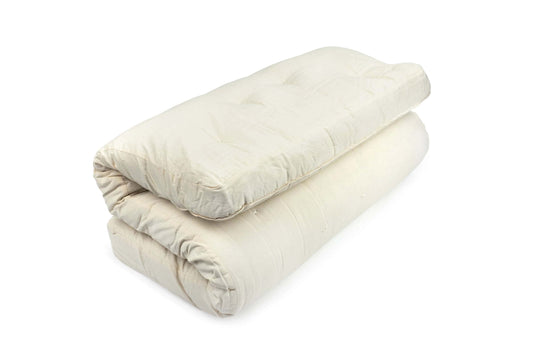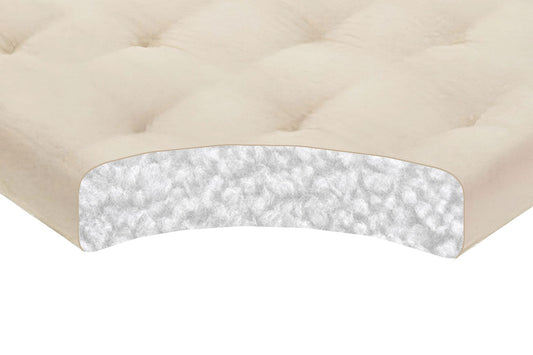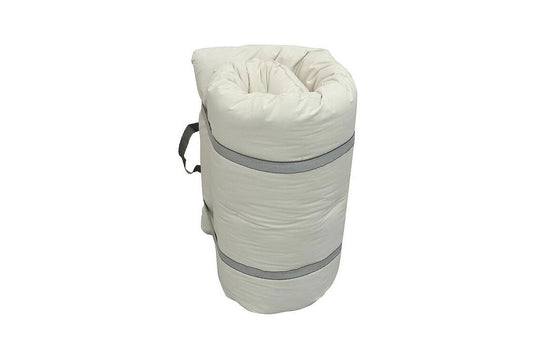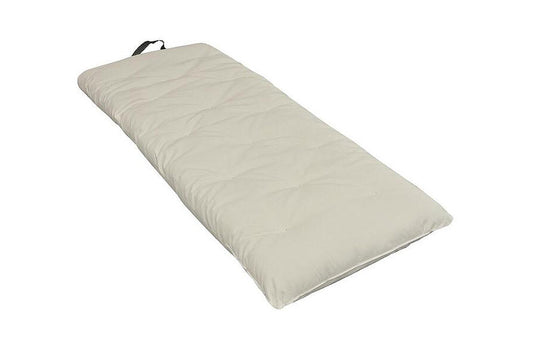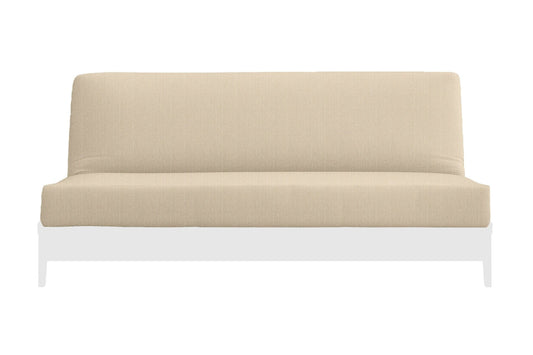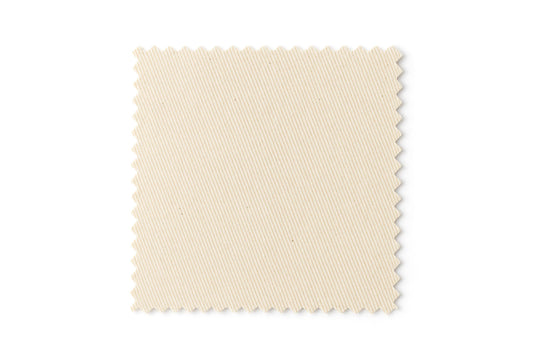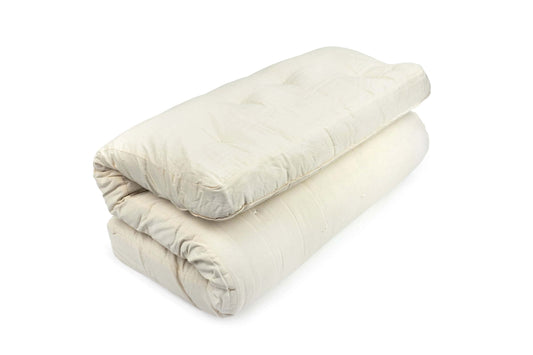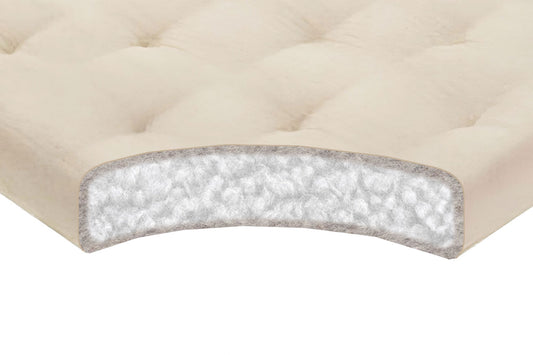
Tatami Mat Care Guide: Cleaning, Airflow & Mold Prevention
Share
Tatami brings calm, grounded comfort to a room—if you keep it dry, clean, and well-ventilated. This guide covers the daily-to-seasonal routines, how to handle spills and stains, humidity and mold prevention, and the most common “can I…?” questions. If you’re still choosing your setup, browse our tatami mats and consider a raised platform like a tatami bed for better airflow beneath your sleep area.
Note: Tatami mats may slightly vary in color. As with all tatami, remove your shoes before stepping on the mat to preserve its integrity and maintain its clean, welcoming feel.

How to Clean Tatami Mats (Step-by-Step)
Tatami is easy to keep fresh when you work with the weave and keep moisture low. Start dry, finish dry, and use the lightest tool that does the job. Once a week, run a brushless vacuum head with the weave to lift grit without fuzzing the igusa. If you see a mark, wipe with a barely damp, well-wrung cloth—again following the weave—then move air across the area to dry quickly.
- Lift dust: Vacuum or sweep with the weave using a soft attachment or broom.
- Spot clean: Water only first; for stubborn residue, use a weak vinegar solution (test a corner), then blot.
- Dry fast: Aim a fan or open windows for cross-ventilation until fully dry.
- Deodorize (optional): Light sprinkle of baking soda for 10–15 minutes, then vacuum with the weave.
Your Care Schedule
Daily to Weekly: Keep dust down and moisture moving. A quick pass with a brushless vacuum (with the weave) and a few minutes of fresh air prevents buildup. Spot-wipe only when needed and always dry the area immediately.
Monthly: Lift mat edges for 10–20 minutes to vent any trapped humidity—especially if bedding or rugs sit above. Rotate mats 180° (and swap positions if possible) to distribute traffic and light exposure.
Seasonal: On a dry, mild day, sun-air each side for 30–60 minutes (morning light preferred). Follow with a deeper vacuum along the weave and a gentle wipe of the fabric borders with a slightly damp cloth.
Tatami on Carpet: When It Works (and When It Doesn’t)
Carpet can trap humidity beneath tatami, which raises the risk of odor or mold in humid climates. If you must place a mat on carpet, create an air gap, control room humidity, and vent more often. Avoid setting tatami on recently shampooed or still-damp carpet.
- Do: Use a thin, breathable spacer to encourage airflow; run a dehumidifier in muggy seasons; lift edges monthly.
- Don’t: Cover the mat with thick rugs that block ventilation or place it on damp floors.
Mold Prevention on a Tatami Floor
Tatami breathes best when air can move above and below it. Target indoor humidity of 40–60% RH, ventilate regularly, and give the mat room to dry after everyday use. If you sleep directly over tatami, add a breathable layer that creates space under your bedding; a dedicated under-layer from our breathable bed rugs collection works well. For broader moisture control around mattresses and floors, see these airflow notes in this guide.

Spills & Stains: First Aid
Speed matters—blot, don’t rub. Keep liquids shallow and controlled, then dry the area thoroughly with moving air.
- Water/clear spills: Blot immediately; follow with a dry cloth and airflow.
- Tea/coffee/soy: Blot; dust with baking soda or flour to draw moisture; vacuum. If residue remains, dab with a weak vinegar solution (test first), then dry.
- Oils: Apply starch/flour to absorb; vacuum; repeat as needed.
- Ink/crayon: Gently scrape crayon; for ink, touch a cotton swab with a tiny amount of isopropyl alcohol (≈70%), blot, then dry. Always test a hidden spot.
Tatami Floor Dents & Repairs
Concentrated pressure can compress fibers. Prevent dents by spreading load with wide, flat furniture feet and felt pads. For minor impressions, moisture and warmth can help the weave recover—carefully.
- Lightly mist a cloth (not the mat), place over the dent, and warm briefly with a low iron. Remove and allow to dry fully.
- Avoid dragging items across borders; lift and carry to protect stitching.
Pests: Prevention First
Dry, clean tatami is less inviting to mites or bedbugs. Vacuum weekly, sun-air seasonally, and wash adjacent bedding regularly. If you use a traditional Japanese sleep setup, air your shikibuton on dry, bright days and ensure the sleep stack breathes.
How to Choose a High-Quality Tatami Mat
Quality shows up in the weave, the core, and the finishing. Look for a tight, even igusa surface with minimal fuzzing; a firm, resilient core that feels supportive rather than crunchy; straight edges with secure border stitching; and a mild grass scent that softens with airing. Natural igusa will shift from green to golden over time—rotate mats quarterly for even aging.
Tatami in a Washitsu (Care Notes)
In a traditional washitsu (tatami room), tatami serves as the standard floor covering—breathable, slightly springy underfoot, and easy to air. The same principles apply at home: maintain 40–60% RH, clean with the weave, allow routine ventilation, and give the mat space to dry after use. If you want extra airflow in modern bedrooms, a raised platform like a tatami bed keeps air circulating below the surface.
Tatami Care FAQs
Can I mop tatami?
No. Use a barely damp, well-wrung cloth for spot cleaning only—always with the weave—and dry immediately.
How often should I air the mats?
Ventilate weekly, lift edges monthly, and sun-air briefly each season (weather permitting).
Do I need a dehumidifier?
If relative humidity stays above ~60% for long periods or your room runs humid, yes—especially when bedding sits over tatami.
Can I put a mattress directly on tatami?
You can, but add a breathable under-layer to create an air gap and lift edges monthly. A raised platform increases airflow even more.
Setting up for the first time? Explore tatami sizes and finishes on the tatami mats page, add a breathable foundation from our bed rugs & foundations, pair with a traditional shikibuton, and consider a raised tatami bed for year-round airflow. For moisture best practices across your sleep setup, see our airflow & mold guide.








